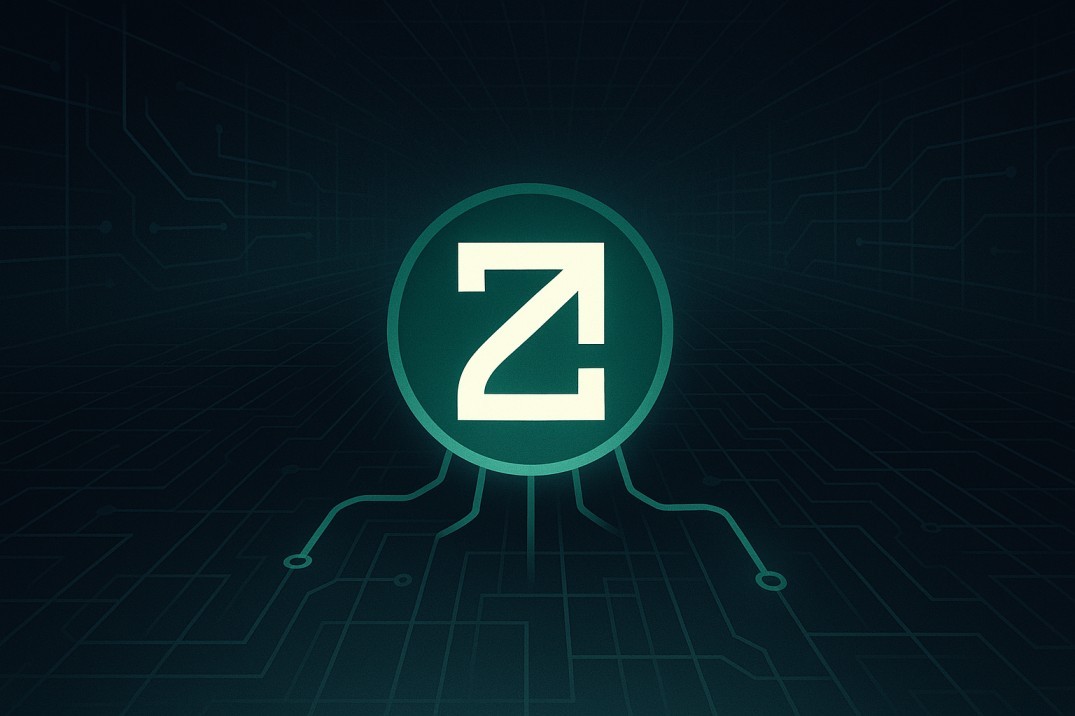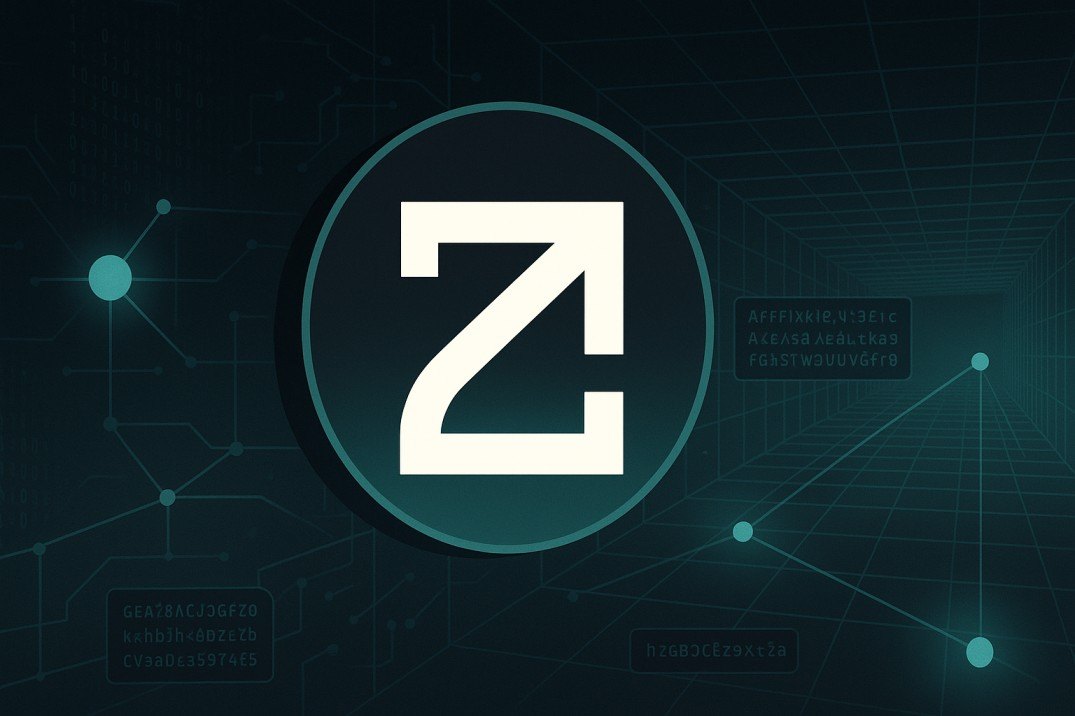TL;DR:
- ZetaChain is a Layer 1 blockchain enabling native cross-chain messaging and access to chains like Bitcoin, Ethereum, and Solana.
- It supports universal applications via its Universal EVM, allowing smart contracts to run across multiple chains.
- ZETA is the native gas and utility token, with fixed emissions and Proof of Stake security.
- Developers can build truly chain-agnostic dApps.
- Unique cryptographic design prevents single points of failure in cross-chain operations.
As crypto evolves, one major problem has never really gone away, fragmentation. Dozens of chains, endless bridges, incompatible apps. For everyday users, it’s chaotic. For developers, it’s a headache. That’s where ZetaChain steps in.
Whether you're a dev curious about multichain deployments, or just a crypto user tired of juggling networks, this guide breaks down what ZetaChain actually is, how it works, and why it might be one of the most important infrastructure plays in Web3’s future.
What Is ZetaChain?

ZetaChain is a universal Layer 1 blockchain built to solve one of the most fundamental limitations in crypto today : fragmentation. With native support for cross-chain messaging and the ability to interact with chains like Bitcoin, Ethereum, Solana, and even Dogecoin, ZetaChain positions itself as the foundation for true Web3 interoperability.
At its core, ZetaChain allows developers to build Universal dApps (or "Omnichain dApps") apps that work across many blockchains from a single contract. It’s like building one app that can interact with MetaMask, Phantom, and Bitcoin wallets, all at once without bridges, wrappers, or extra user steps.
How ZetaChain Works
ZetaChain’s core innovation lies in enabling native chain communication. This means apps on ZetaChain can send messages to other chains, move assets, or respond to events without relying on centralized bridges or wrapped tokens.
Here’s how:
- Universal EVM: Developers deploy contracts on ZetaChain’s own EVM-compatible environment. These contracts can read from and write to external chains like Bitcoin or Ethereum.
- Observers: Watch for events on external chains.
- Signers: Use a decentralized key-signing mechanism (GG20 TSS) to initiate transactions on other chains.
- Validators: Secure the core chain using Proof of Stake.
All of this is coordinated securely and without giving any one party full control of the keys.
What Makes ZetaChain Different
Unlike other interoperability solutions that rely on token bridges or trusted relays, ZetaChain operates fully on-chain and trustlessly. Some standout traits:
- Native Bitcoin support: Most platforms can’t interact with Bitcoin directly due to its lack of smart contracts. ZetaChain can enable programmable Bitcoin.
- Single contract deployment: No need to deploy contracts on every chain you want to interact with.
- No wrapping required: Users interact with their real assets, not wrapped versions.
- Programmable interoperability: Instead of relaying data through middleware, devs can directly code logic across chains.
What Can You Build on ZetaChain?
Because ZetaChain supports true cross-chain logic, it opens up new possibilities:
- Cross-chain DEXs: Trade Bitcoin and ETH in a single contract.
- Unified wallets: Interact with assets across multiple chains without switching networks.
- Omnichain NFTs: NFTs that live across Ethereum, Solana, and Polygon.
- Multichain DAOs: Governance systems that can execute decisions on multiple blockchains.
- Bridgeless payments: Send and receive BTC, ETH, and SOL directly from one app.
ZETA Token: More Than Just Gas
ZETA is the native utility token on ZetaChain. It plays several roles:
- Gas fees: Paid by users for transactions and smart contract interactions.
- Staking: Used by validators to secure the network via Proof of Stake.
- Cross-chain message security: Required for validators to participate in signing and messaging.
According to the whitepaper, ZETA follows a fixed emission schedule, meaning the token supply is predictable and not subject to arbitrary inflation.
Inside the Tech: How ZetaChain Keeps It Safe

Security is a big deal in cross-chain tech, one wrong signature and assets disappear. Here’s how ZetaChain avoids those pitfalls:
- GG20 Threshold Signature Scheme (TSS): Signers don’t hold full keys. Instead, multiple signers collectively produce valid signatures using threshold cryptography.
- Cosmos SDK + Tendermint: A battle-tested foundation used by other major chains like Osmosis and Kava.
- Full transparency: Every message and action, even cross-chain ones, is written on-chain for auditability.
- Slashing: Validators who misbehave or fail to participate in signing can lose stake.
Together, this setup reduces the risk of centralization or malicious control, something traditional bridges struggle with.
ZRC-20: A Fresh Take on Tokens
ZRC-20 is ZetaChain’s version of ERC-20 but with a key twist, these tokens are aware of assets across chains. For example:
- A ZRC-20 token can represent real BTC or ETH, not wrapped assets.
- Contracts interacting with ZRC-20 can check balances across chains.
This creates an entirely new class of smart contracts with native multichain intelligence.
Learn more: ZRC-20 Overview ( Link)
Challenges and Risks
No blockchain is without its hurdles. ZetaChain faces a few key ones:
- Developer adoption: Universal dApps are new. It takes time for developers to learn and trust the framework.
- Network effects: Competing chains like LayerZero, Cosmos, and Polkadot also offer cross-chain solutions.
- Technical complexity: Ensuring cross-chain signatures remain secure at scale is a big challenge.
- External chain risks: If Bitcoin or Ethereum have issues, it can affect apps depending on them via ZetaChain.
Still, the architecture has been designed with these challenges in mind and ZetaChain is one of the few projects tackling interoperability with this level of transparency.
Final Thoughts: Why ZetaChain Matters
Every chain operates in its own corner, often requiring users to jump bridges or swap tokens just to do something simple. ZetaChain aims to fix that. With native support for Bitcoin, true on-chain cross-chain logic, and a dev-friendly Universal EVM, ZetaChain is quietly building the rails for the next generation of crypto apps.
Whether you’re a developer building the next big dApp, or a user tired of jumping through hoops, ZetaChain offers something that might finally make Web3 feel like one connected world.











